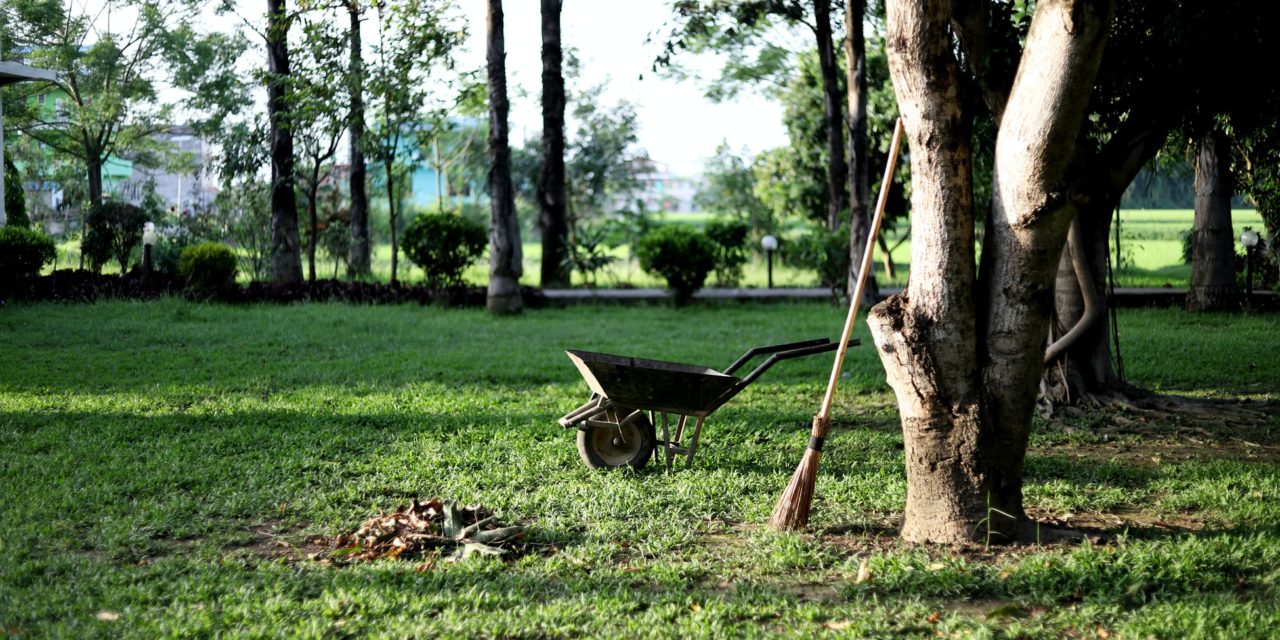[ad_1]
May-be no one, except those sitting around the fire. However, many people do care what they burn in their outdoor fire pit or fireplace. Reasons include cost, practicality, ease of use, performance, health, even ecology.
Since this article focuses on firewood, it is enough to recommend avoiding any temptation to burn solid matter other than natural wood. For instance, an outdoor fire pit or fireplace is not equipped to function as a trash incinerator, into which may be thrown any chemically-treated substance we do not feel like escorting to the garbage can.
A frequent mistake by unseasoned fire pit or fireplace owners is using unseasoned or “green” wood. Even if lucky enough to get the fire started, tremendous heat would need to be generated to eliminate enough moisture for the wood's fibers to burn. More likely, the evaporating moisture would continue to extinguish the fire, pumping even more smoke over guests and neighbors.
On the other hand, using properly seasoned or “cured” wood results in a fire that starts easier, generates more heat, and saves your family from running into the street for air.
As much as 60-70% of the weight of freshly cut wood is water. Properly seasoned wood has a moisture content of less than 25%. In fact, 15-20% is needed to burn properly.
To accomplish this, firewood generally is cut to length (@16″), stacked off the ground in a way that lets air get to it, and allowed to dry or “season” for at least 9 months. Knowing this, it is easier to understand why logs that have lain in the woods for years do not burn well, at least until they are cut and dried.
Although more relevant when heating your home than enjoying a fire in an outdoor fire pit, there is an important cost factor in how firewood is seasoned. For instance, if you buy your wood early in the season and properly stack and store it under cover through the summer, you will generate more heat for your money.
Just sizing the wood correctly for your outdoor fire pit or fireplace will influence burn quality and ease of use.
One immediate benefit from efficiently burning fires is less smoke, which is great for guests not wanting to grapple with smoke inhalation. Not only will this help convince everyone you are in control, it is better for the environment.
What kind of wood is best for your outdoor fire pit or fireplace? There is little difference in energy content per pound amongst the various wood types. Density, however, varies greatly and significantly influences the value of firewood.
Denser the wood, the higher is the energy content and heat generation. For this reason, hardwoods produce longer-lasting fires and coal beds. Softwoods burn faster and do not produce much of a coal bed. One advantage of softwoods is they ignite faster and function well as starter wood.
The best hardwoods in terms of heat generation and “burnability” without heavy smoke include: hard maple, pecan, ash, white oak, birch, beech, red oak, dogwood, apple, and hickory.
The best softwoods in terms of fast warming fires that produce medium heat and burn out before you go to bed: spruce, southern yellow pine, and fir.
Ideal for outdoor fire pits are apple and pinon pine. One of the best cooking woods, apple is favored for its sweet aroma and the way it burns hot without generating much flame. Not so good for cooking, pinon (pronounced pinion) also produces a wonderful fragrance and naturally repels mosquitoes and other insects.
So what's the best wood to use in an outdoor fire pit or fireplace? From a practical, even economical sense, although various woods may perform differently and serve different purposes, the best is the one most available to you, easiest to split, that doesn't arrive caked in sand or mud, and doesn't leave sap all over your hands and clothes.
Even more important is having enough wood correctly sized to your outdoor fire pit or fireplace and properly seasoned.
[ad_2]
Source by Chris Basher


